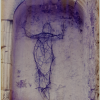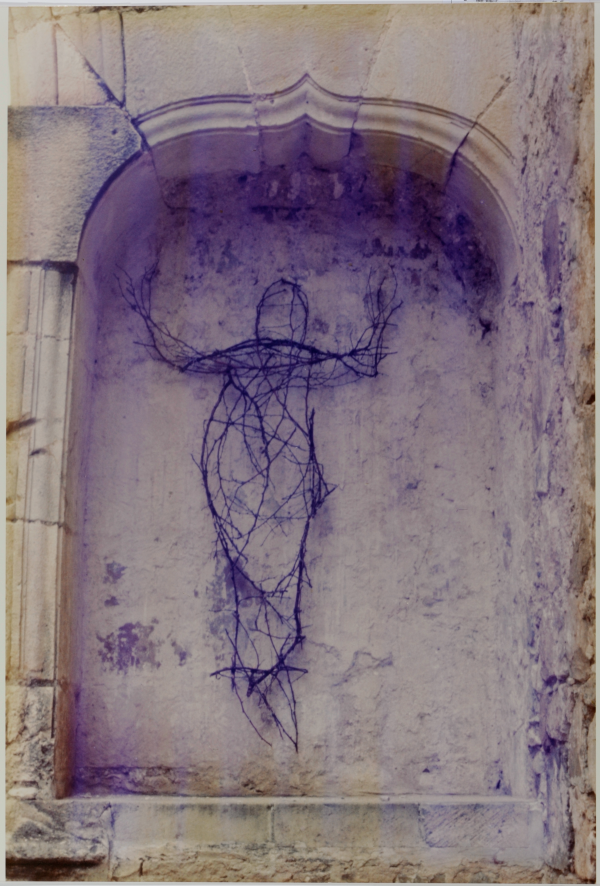Seeing Societal Silhouettes
| Grade | 6th Grade, 7th Grade, 8th Grade | Class | Length of Lesson | Approximately 3 - 4 (40-minute sessions) |
| Lesson Title | Seeing Societal Silhouettes |
| Unit Title | Exploring Displacement: Ana Mendieta |
| Unit Compelling Question | What is displacement? |
| Historical Context: WHO: Ana Mendieta WHEN: 1948 - 1985 WHAT: Cuban-American Performance and Interdisciplinary Artist FAMOUS FOR: Best known for her "earth-body" artwork and expressions of identity politics and feminism. IN HER OWN WORDS: ARTIST'S HISTORY: IOWA CONNECTIONS: ARTIST'S WORK: ARTIST'S WORLD: |
|
| Lesson Supporting Question | |
| Lesson Overview | Students will learn about the life and influence of artist Ana Mendieta, a prolific interdisciplinary artist who lived and attended school in Iowa. Using Untitled, from "Silueta Series, Mexico", 1976, as inspiration, students will work in pairs and create silhouettes of each other by outlining each other's bodies using tape in approved areas around the school or community. Students will then take a picture of the silhouetted/outlined form as the final artwork. Finally, students will write an artist statement reflecting on the process and the final photo of the project. |
| Primary Sources Used |
|
| Resources Needed | *Please be advised, many of Mendieta’s works are graphic, reference violence, and contain nudity. Curate accordingly. Other Notable Artworks: Untitled (Facial Hair Transplant), 1972 Untitled (Glass on Body Imprints – Face), 1972 Body Tracks, 1982 Online Resources (Used at Instructor's Discretion): ARTICLE: Ana Mendieta CUBAN-AMERICAN PERFORMANCE ARTIST, SCULPTOR, PAINTER, PHOTOGRAPHER AND VIDEO ARTIST VIDEO: Operation Pedro Pan: Our Parents' Decision VIDEO: Journey to Exile: Operation Peter Pan VIDEO: Operation Pedro Pan - The Largest Recorded Exodus of Unaccompanied Minors in the Western Hemisphere VIDEO: Ana Mendieta: Covered in Time and History - World Tour Materials: Access to internet Print/Copy/On Screen image of artwork Untitled, from "Silueta Series, Mexico", 1976 Masking or blue painting tape Scissors Photo-taking device |
| Standard | |
| Lesson Target | Students will analyze and discuss the artwork and life of artist Ana Mendieta and her connections to the state of Iowa and The University of Iowa.;Students will work in pairs to create outlines/silhouettes made of tape in approved areas of the school or community. ;Students will take photos of the outlined silhouettes as the final artwork and complete an artist statement. |
| Lesson Themes | Immigrants, Women's Experience, Visual Arts |
|
| Formative Assessment (How will you use the formative assessments to monitor and inform instruction?) |
Discussion and pairs working to create human outlines/silhouettes. |
| Summative Assessment (How does the lesson connect to planned summative assessment(s)?) |
Completed artist statements and photographs. |
| Author | Megan Dehner | Created | Last Edited | ||||
| Reviewer: Teaching Iowa History Team | |||||||
| Lesson Plan Development Notes: Summer Fellowship 2022 | |||||||


